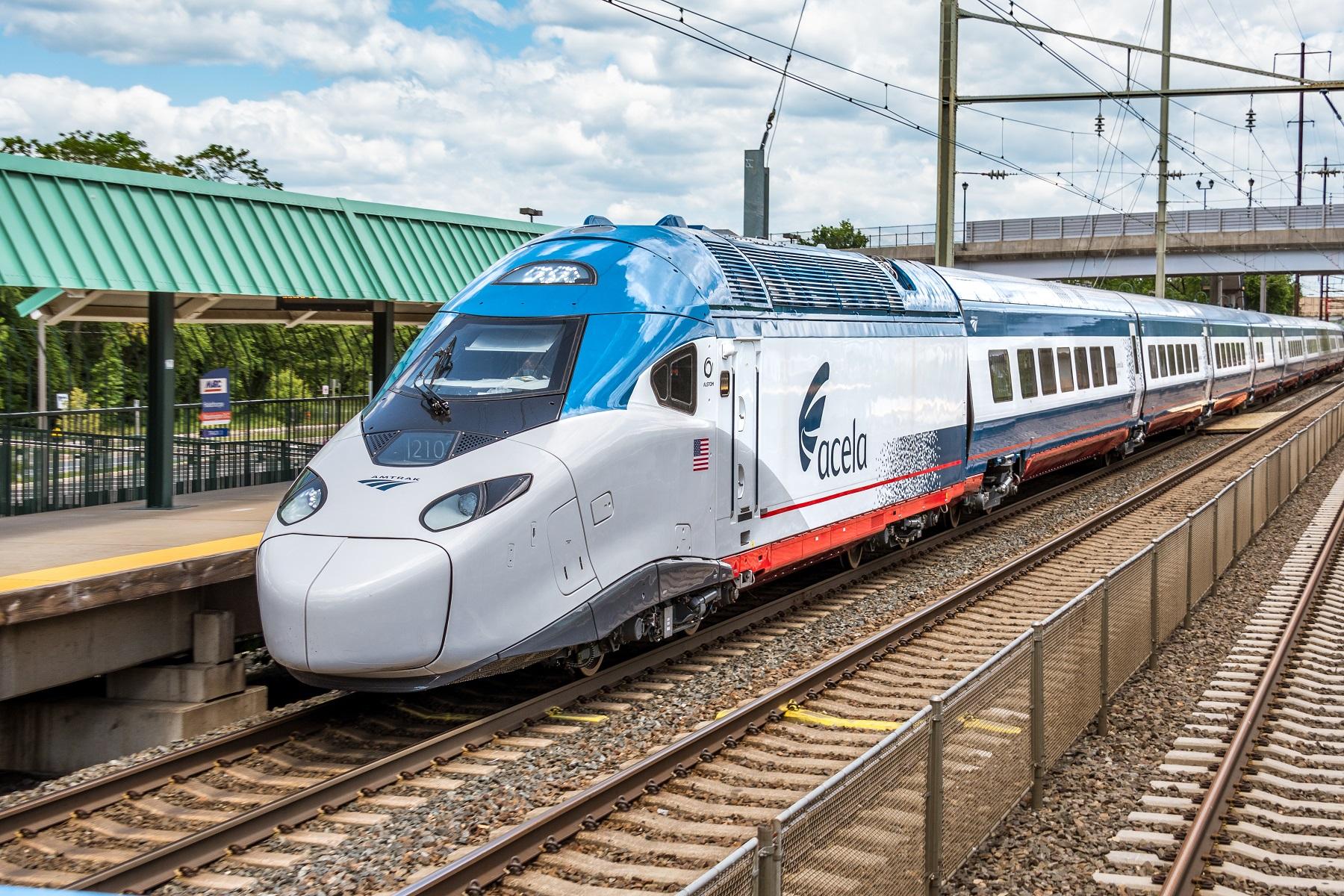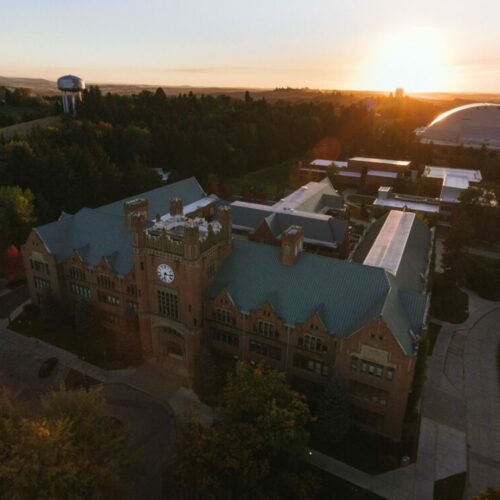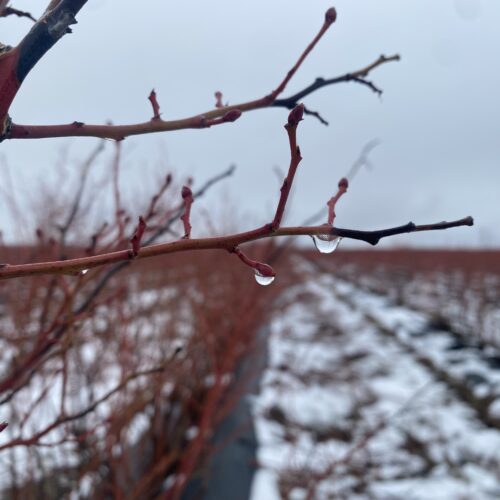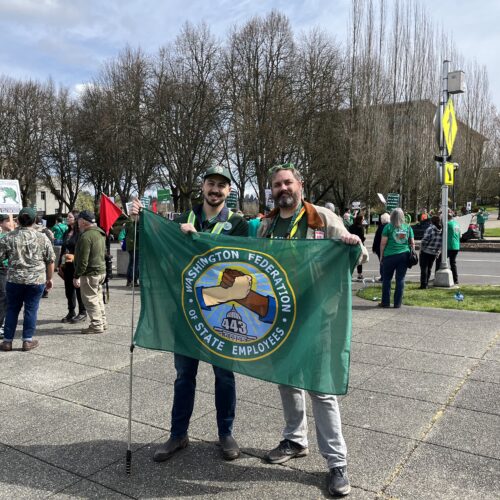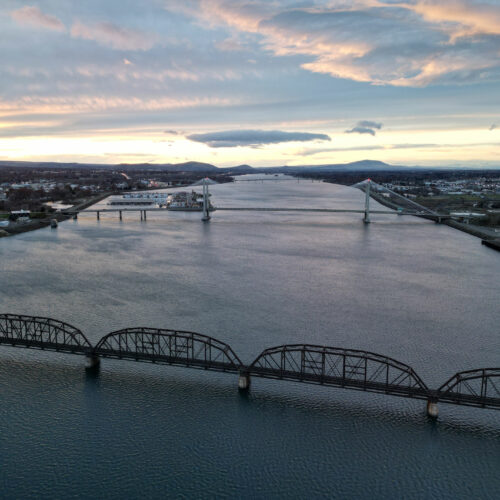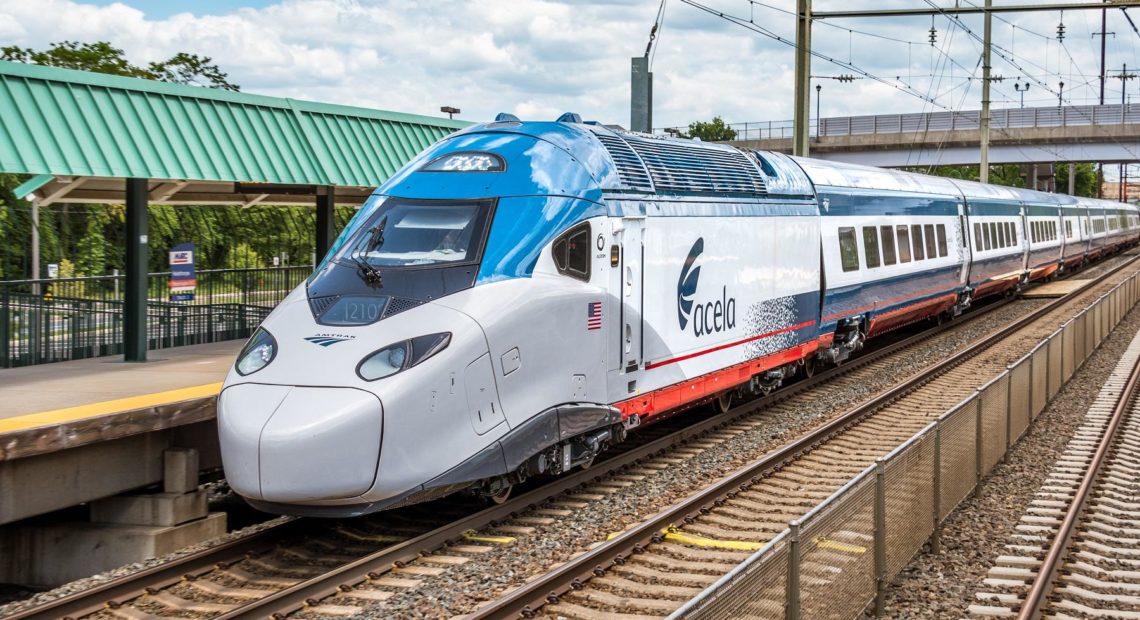
Cascadia High-Speed Rail: Will It Finally Happen Or Is It ‘Time To Kill This Thing’?
READ ON
A new government report on high speed rail in the Pacific Northwest recommends that Oregon, Washington and British Columbia formalize their interest in a Cascadia bullet train by creating an independent body to plan and eventually build it. But a critic associated with a conservative think tank responded that the region should take heed of California’s high speed rail woes and put a spike in the Cascadia bullet train ambitions.
The new study by hired consultants examined governance and financing options. This report builds on previous state-sponsored studies that asserted there is sufficient demand and a business case for trains running at up to 250 miles per hour between Portland, Seattle and Vancouver, BC.
“Creating a coordinating entity does take it to the next level in terms of the possibility of making it a reality,” said Janet Matkin, communications manager for the rail division of the Washington State Department of Transportation. “It really is beyond just the study phase and looking at more of an implementation focus.”
Matkin said the state and provincial legislatures probably need to weigh in again and provide the entity’s start-up funding.
WATCH: Return of Boeing 737 Max flies under the radar
(Story continues below video)
The consultants’ report said one of the first jobs of the coordinating entity should be to select a technology for the “ultra-high speed ground transportation” corridor. The study laid out multiple options including traditional high speed rail, magnetic levitation trains or a hyperloop, in which passengers zip along in capsules that are propelled electrically down sealed low air pressure tubes. In any case, the aspired travel times are about one hour between Portland and Seattle and another hour from Seattle to Vancouver, BC.
Another job of the coordinating entity would be to build a broader coalition of support and “ensure deep and equitable local engagement across the corridor.”
The envisioned top speed of 250 mph for the Cascadia high speed train project is faster than other rail services on the horizon in North America. Newly built Acela trainsets scheduled to enter service in 2021 in Amtrak’s Northeast Corridor will operate at 160 mph. The faltering California high speed rail line under construction in the San Joaquin Valley contemplates speeds up to 220 mph. A planned Texas Central bullet train between Houston and Dallas has touted speeds up to 205 mph.
The vision for frequent bullet train service between the Pacific Northwest’s biggest cities contrasts with the grim state of current Amtrak service in the region. In October, Amtrak cut the frequency of its two long distance lines serving the Northwest — the Empire Builder and Coast Starlight — from daily service to three times per week due to steep declines in ridership during the pandemic.
State-funded Amtrak Cascades service between Eugene and Vancouver, BC, has been cut back to one round trip per day between Seattle and Eugene. Service north of Seattle was suspended due to the U.S.-Canada border being closed to discretionary crossings. The current Amtrak Cascades service maxes out at 79 mph and runs on tracks owned and heavily used by freight railroads.
The $895,000 study released Tuesday was led by the engineering consultancy WSP USA. It was funded by approximately equal contributions from Washington, Oregon, British Columbia and Microsoft.
Oregon Gov. Kate Brown, Washington Gov. Jay Inslee, British Columbia Premier John Horgan and Microsoft President Brad Smith on Tuesday renewed their endorsements of a Cascadia bullet train.
“Transformative infrastructure projects like this one could help us rebuild our economy in the short term and provide us with a strong competitive advantage in the future,” Inslee said in a news release.
This latest study did not include updated cost estimates for the enormous acquisition and construction cost of a new, roughly 300-mile rail corridor. A previous feasibility study in 2018 estimated a $24 billion to $42 billion price tag to build a high speed rail line on dedicated right-of-way from Portland to Vancouver, BC. The earlier feasibility study determined a need for extensive tunneling and elevated trackway.
The study authors lean heavily on securing limited state and federal funding to make the math work. The calculations also assume private contributions from train operators or beneficiaries. The study said some construction costs could be financed with borrowing that would be repaid with future ticket revenue. The consultants also suggested the states and province could levy a regional property tax around station locations to raise significant amounts of new revenue.
Delays and mounting financial woes facing California’s high speed rail project led an analyst associated with the conservative-leaning Washington Policy Center to recommend not moving ahead with a Cascadia bullet train.
“Based on what has happened in California, you want to kill this thing right now,” said the think tank’s Tom Rubin, who speed-read the new WSDOT report on Tuesday. “You can see all the incredible mistakes that have been made so you can avoid them.”
Rubin said the chances of securing significant federal funding for a high speed rail infrastructure project of this scale depend on Democrats controlling both chambers of Congress alongside a Democratic president.
“That’s the only possibility to get major U.S. federal government dollars anytime in the near future,” Rubin said with a nod to the uncertain outcome of two pivotal Senate runoffs in Georgia in January.
During a presentation to the Washington State House Transportation Committee on November 30, WSDOT Rail Operations and Capital Program Manager Jason Biggs said Amtrak Cascades ridership decreased 90% since the pandemic’s onset and revenue has decreased 95%. Biggs said Amtrak Cascades will “incrementally” add back runs in 2021 as travel demand returns. He said it would be a priority to return to pre-pandemic service levels.
The national rail corporation has been reluctant to commit to restore prior levels of service on its long-distance routes, which its CEO said in an October letter is partly dependent on Congress providing between $4.9 billion and $10 billion in additional funding nationwide.
Related Stories:
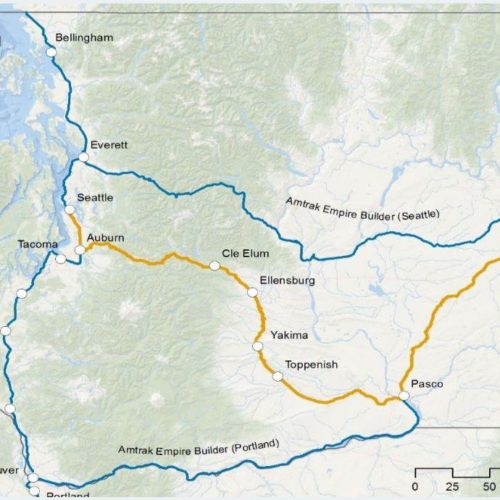
Study Estimates High Costs, Low Ridership If Washington Boosted East-West Train Service
The Washington Legislature commissioned the $250,000 study last year to see if it would be feasible to restart passenger service on the Stampede Pass line. The route crosses the Cascade Mountains from Seattle to Ellensburg, then stretches onward through the Yakima Valley to Pasco and Spokane.
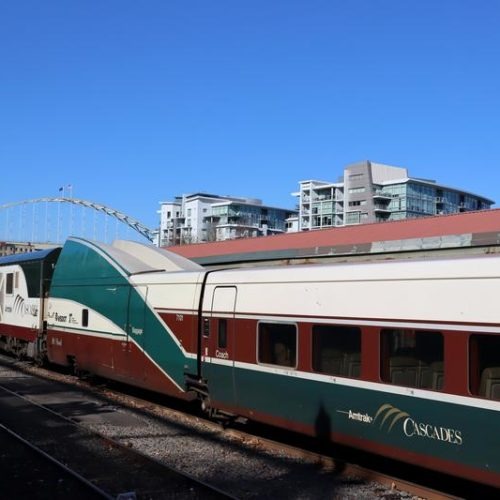
Plans To Beef Up Amtrak Cascades Service Still Delayed Two Years After Fatal I-5 Derailment
A holiday wish of many Pacific Northwest rail fans is more roundtrips on the Amtrak Cascades schedule with greater speed and reliability. But in order to beef up train service between Seattle and Portland, a bypass route south of Tacoma needs to be reopened. There is still no fixed date to return Amtrak trains to those tracks where a deadly derailment happened just over two years ago.
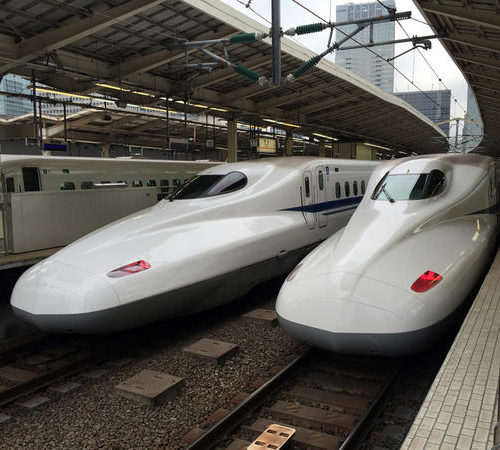
Cascadia Bullet Train Proposal For I-5 Corridor Urged On Despite Electorate’s Anti-Tax Mood
After bemoaning that the state’s highways, bridges, ferries and rail cars “are on a glide path to failure,” Washington State Department of Transportation Secretary Roger Millar laid out the case for building an ultra-high speed railway on dedicated track.

